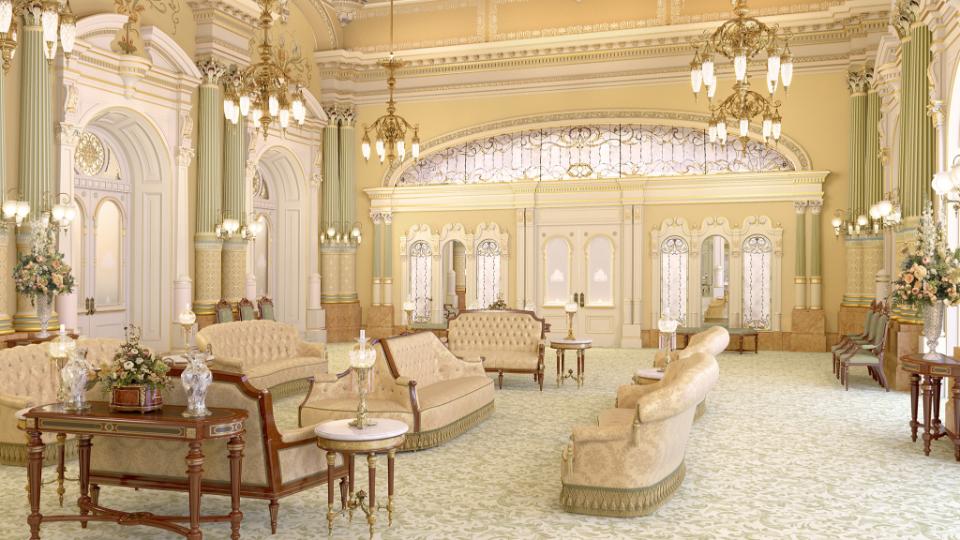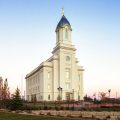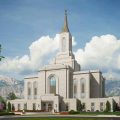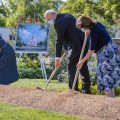The First Presidency of the Church of Jesus Christ of Latter-day Saints released an announcement today regarding the changes they feel are needed in the initial plan of the Salt Lake Temple renovations.
Aside from the seismic protection upgrade for the temple, many other improvements and changes are being made at Temple Square.
- Two more instruction rooms, additional sealing ordinance rooms, and a second baptistry are being added to allow for greater capacity and more temple ordinances.
- Previously, the member experience in this temple included a progressive room-to-room presentation by live actors. When the temple reopens, this will transition to single-room presentations by film, available in more than 80 languages (previously presented only in English). This decision will also make it possible to hold more sessions each day. And finally, we hope it will help more members feel confident to serve as ordinance workers without the requirement for lengthy memorization.
- The area that previously housed the temple cafeteria will now accommodate additional temple facilities to support the increased capacity of the temple. There will not be a cafeteria included when the temple reopens.
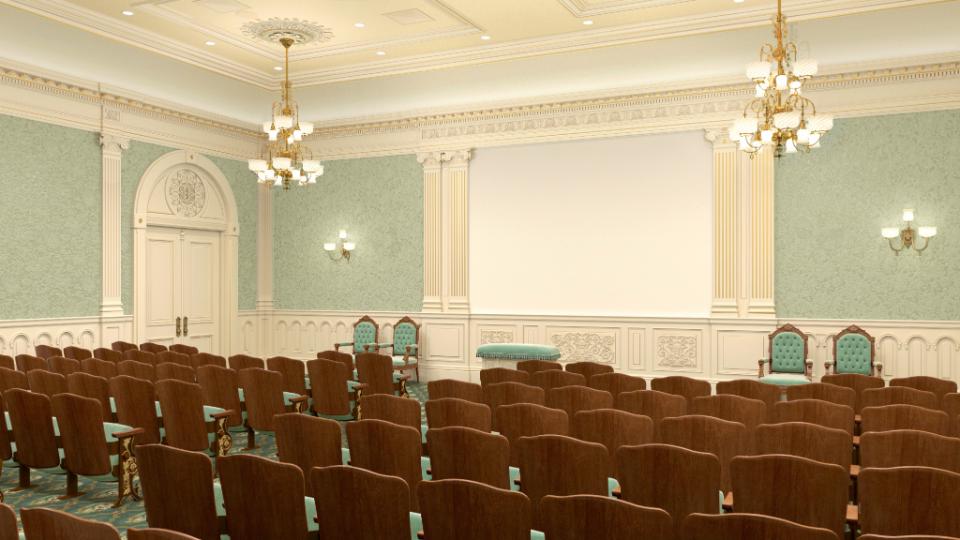
The Church also announced the removal of the historic murals from the temple and had carefully photographed and documented it before removing it permanently. It will be preserved in the church archives for future reference.
“As we make these significant changes for the future, many historic elements are being impacted. For example, the addition of new instruction rooms, a new method of presentation, seismic strengthening, and changes to meet accessibility requirements meant that the murals in the temple would need to be moved and/or repainted. It was impossible to know whether the murals could be preserved during such a move. They were originally painted directly on lath and plaster walls, which had been repaired and repainted many times because of water damage and other deterioration. Further, the change to a film presentation meant that the rooms would be reconfigured. For all these reasons, the murals were carefully photographed and documented before removal, and some of the original portions are being preserved in the Church’s archives. Many other historic features of the building have also been photographed, documented, replicated and in some cases, architecturally salvaged.”
Latest posts by Moroni Channel News (see all)
- 9-year-old primary killed while riding bike - June 26, 2025
- 8 young women died during church activity - June 26, 2025
- LDS Church yet to issue official statement on reported Missionary kidnapping in Congo - June 21, 2025
- Utah Native Finds Success on Broadway and HBO’s Gilded Age - June 19, 2025

